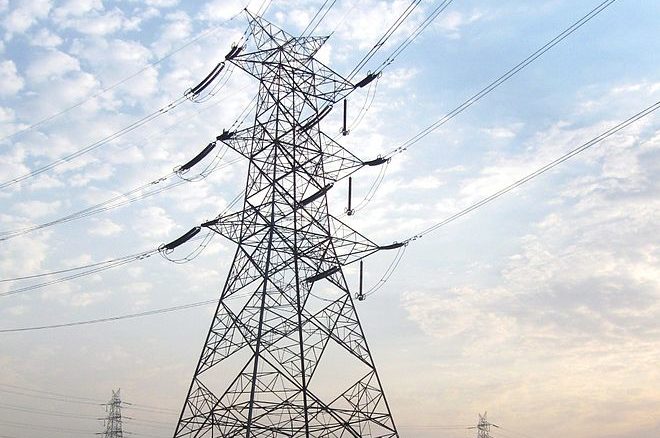To encourage carbon-neutrality in the power sector, India’s power authorities could introduce a green rating when assessing financial support and bail-outs for power distribution companies (discoms), says a new report by the Institute for Energy Economics and Financial Analysis (IEEFA).
Report author and IEEFA contributor Saloni Sachdeva Michael highlights an urgent need to examine the financial risks of high-carbon portfolios, with a view to integrating green criteria into lending decisions and credit risk analyses applying to distribution companies.
“Establishing hybrid rating (green + credit) information systems is a fundamental task at the heart of green finance and a necessary step to increase disclosure, transparency, and accountability of the Indian distribution sector,” Sachdeva Michael added.
In the current annual credit rating system for discoms employed by the Power Finance Corporation (PFC) and the Rural Electrification Corporation (REC), the sole green parameter, the renewable purchase obligation (RPO), carries the least weight – and this is not conducive to the development of green finance and a sustainable, low-carbon economy.
“Considering the time and effort required to re-engineer a separate green rating, the more logical next step is to strengthen the existing integrated rating methodology, drawing learning from the environmental, social, and governance (ESG) framework used for corporate ratings. New parameters can be added in a phased manner,” Sachdeva Michael said.
Recommendations
To achieve a hybrid (green+credit) rating, the report recommends strengthening the existing green parameter (RPO) by increasing its weight in the current rating mechanism, adding new green parameters, linking distribution sector bail-out to green performance, and aligning Indian banks with global green finance best practices.
According to IEEFA, India will need to deploy US$500 billion in investments to reach its renewable energy capacity target of 450 GW by 2030. Of this, US$300 billion would be directed to wind and solar infrastructure, US$50 billion to grid firming investments, and US$150 billion to expanding and modernizing transmission.
For state utilities, financial stability is a significant challenge to attracting the necessary investment.
Sachdeva Michael says discoms continue to be a resource drain on the national economy despite central and state government schemes and initiatives aimed at improving their operations and financial health.
“Most distribution companies are making major losses as a result of expensive legacy thermal power purchase agreements, poor infrastructure and inefficient operations, among other factors,” she says.
The discoms have accumulated massive overdue payments to generators – INR 119,185 crore (US$16 billion) as of June 2021 – creating a liquidity crunch across India’s entire power sector.
Currently, tracking and monitoring of discoms’ decarbonization plans and green performance is limited. The arrival of alternate financial instruments such as green bonds, combined with massive decarbonization goals, shows the need to update the rating methodology to include parameters that help quantify green initiatives undertaken by the discoms.
“A hybrid rating that incorporates both green and credit performance of discoms will provide a true picture of the sector’s green disclosure and readiness for the energy transition,” says Sachdeva Michael.
This content is protected by copyright and may not be reused. If you want to cooperate with us and would like to reuse some of our content, please contact: editors@pv-magazine.com.









1 comment
By submitting this form you agree to pv magazine using your data for the purposes of publishing your comment.
Your personal data will only be disclosed or otherwise transmitted to third parties for the purposes of spam filtering or if this is necessary for technical maintenance of the website. Any other transfer to third parties will not take place unless this is justified on the basis of applicable data protection regulations or if pv magazine is legally obliged to do so.
You may revoke this consent at any time with effect for the future, in which case your personal data will be deleted immediately. Otherwise, your data will be deleted if pv magazine has processed your request or the purpose of data storage is fulfilled.
Further information on data privacy can be found in our Data Protection Policy.